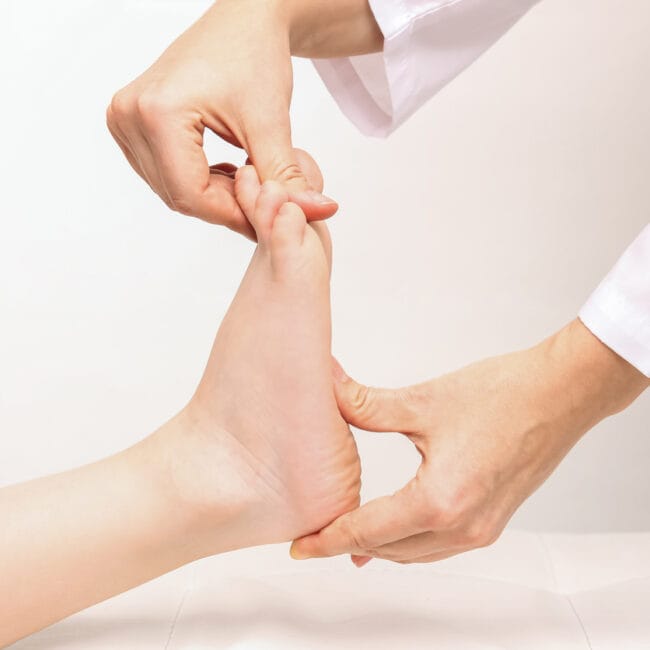Flat feet can cause a lot of different problems. From the feet themselves, all the way up to the back, fallen arches can cause us a great deal of pain. It’s understandable therefore that you may be worried that your child has flat feet. Fortunately, this is rarely a problem in children. In this blog, we will outline the signs that suggest it may be an issue, as well as those worrying signs that are actually harmless.
Up to 2 Years
All babies are born different. Some are born tiny and smooth, while others are born burly and with a full head of hair. At this stage, their bodies are still growing, and extremely malleable. It is no cause for concern therefore if their feet seem flat or pudgy. Baby fat on the bottom of the heels is actually quite common, so don’t be alarmed if it seems like there is a total lack of arches.
2 – 6 Years
If your child is over two years old and still shows no signs of any arches, it’s still not time to start worrying. You may be worried now that the child has started walking, particularly if they appear to be walking funny. While many children will have clearly defined arches, many will still be forming theirs, which can continue up until the age of 8 in some cases.
At this stage, you should be able to see the arches if you point the child’s toes in a straight line (to stretch out the fat in the bottom of the foot). If this does not work, you may want to bring your child to the doctor, just to be safe.
6+
If your child is over 6 years old and still shows no signs of arches, it is probably time to consider getting a medical opinion. While it is still perfectly possible that their arches are just slow to appear, most kids will have clearly defined arches at this point.
There are two main signs to look out for at this stage. The first is pronation, which is when a person walks on the inner-sides of their feet, rather than on their soles. This is most noticeable from behind, when you should be able to draw a near-perfectly straight line from the knee to the heel. In people with pronation, the line will veer to the left. This is a common symptom in people with fallen or undeveloped arches.
The second sign to watch out for is pain. While pronation is not ideal, it is also not always a major issue. However, if your child is telling you that they have pain anywhere from their heels to their lower backs, it could be a result of pronation. If this is the case, you should take them to see a doctor.
In most cases, a lack of clearly visible arches is nothing to worry about in children. Many times, it will be a false alarm, and the arches will show up eventually of their own accord. Other times, insoles or orthotics may be needed to correct the issue. Even if this is the case, there is no reason to worry. Your child will adjust to these as easily as they adjusted to shoes and socks, and will likely come to prefer wearing them. To learn more about the difference between insoles and orthotics, see this blog.














